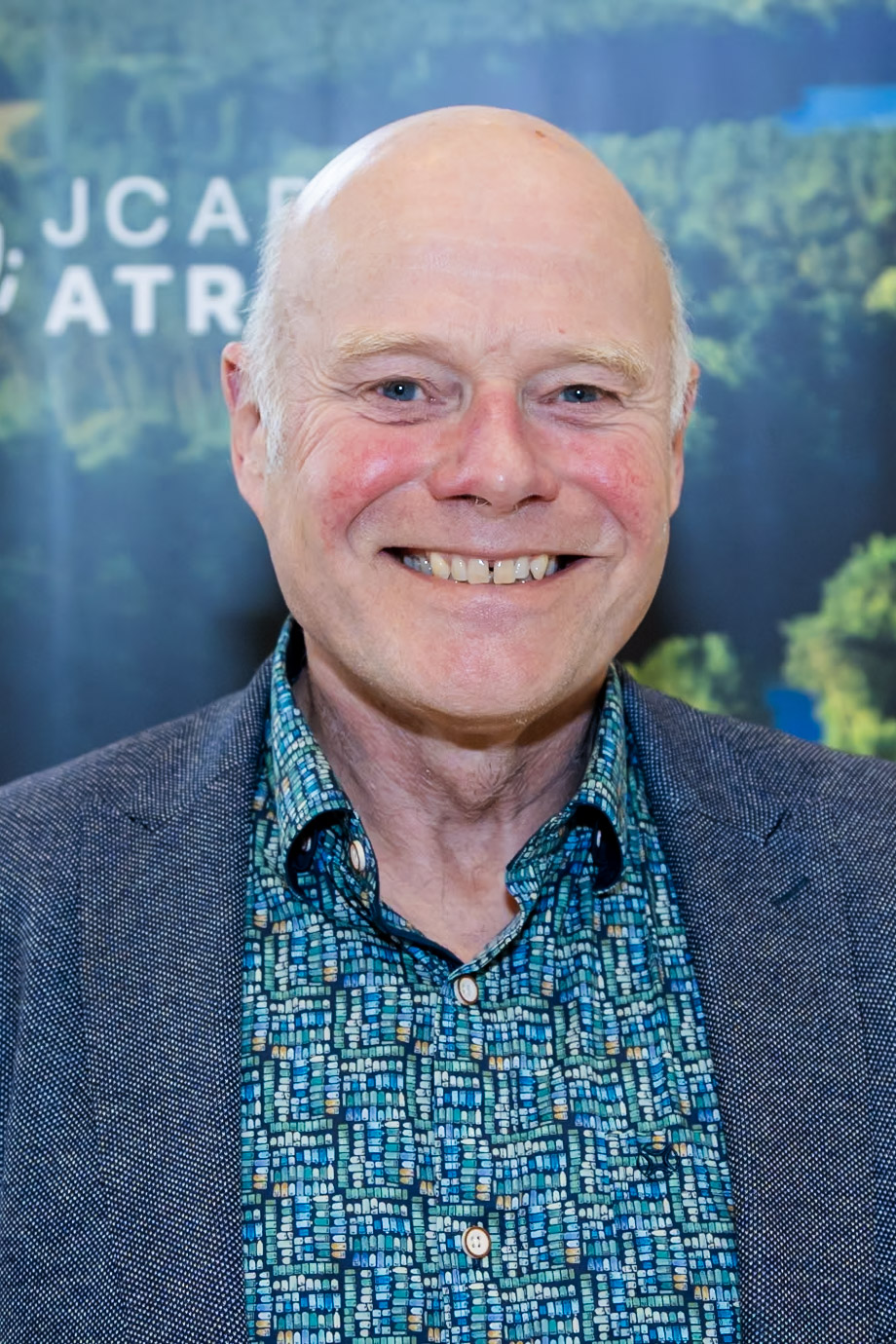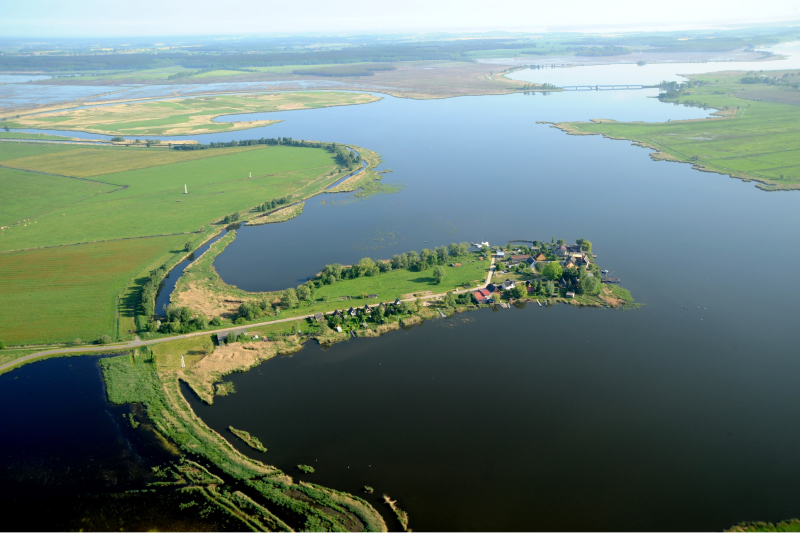Young researchers
JCAR ATRACE connects young researchers with societal relevant topics and each other and as such builds towards a stronger international network of next‑generation experts and professionals.
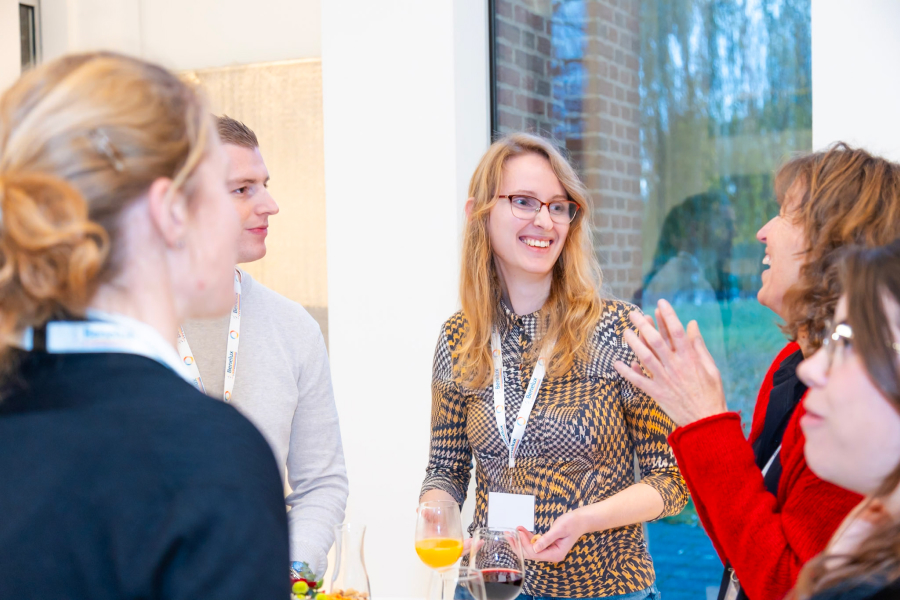
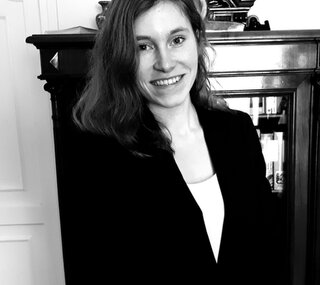
Heleen Urbach
Nationality:
Dutch and German
Partner organisation in the consortium:
Delft University of Technology & RWTH Aachen
Research question:
How much do detention basins reduce flood risk in the lower Rur river basin?
What are you most looking forward, working on JCAR ATRACE?
The flood event of 2021 has been a wake-up call for the responsible authorities of Western Europe that actions to adapt to extreme climate events are necessary. The Rur river basinis amongst the regions that have been particularly affected by this flood. The village Ophoven, situated along the lower Rur in Germany, has experienced two significant flood events within a decade, showing the urgency for adaptive measures.
Deltares introduced me to the very interesting case study of the lower Rur and has made it possible for me to be involved with JCAR ATRACE. I am looking forward to collaborating with RWTH Aachen and others on enhancing the lower Rur’s resilience against flooding. I am especially eager, given my background being half Dutch and half German, to contributing to strengthen the transboundary collaboration on reducing flood risk. I am excited about meeting students and researchers that are involved with JCAR ATRACE and engage in insightful discussions and to exchange knowledge. I am confident that the coming months will be very valuable for my further development within the field of Hydraulic Engineering.
Heleen Urbach
Nationality:
Dutch and German
Partner organisation in the consortium:
Delft University of Technology & RWTH Aachen
Research question:
How much do detention basins reduce flood risk in the lower Rur river basin?
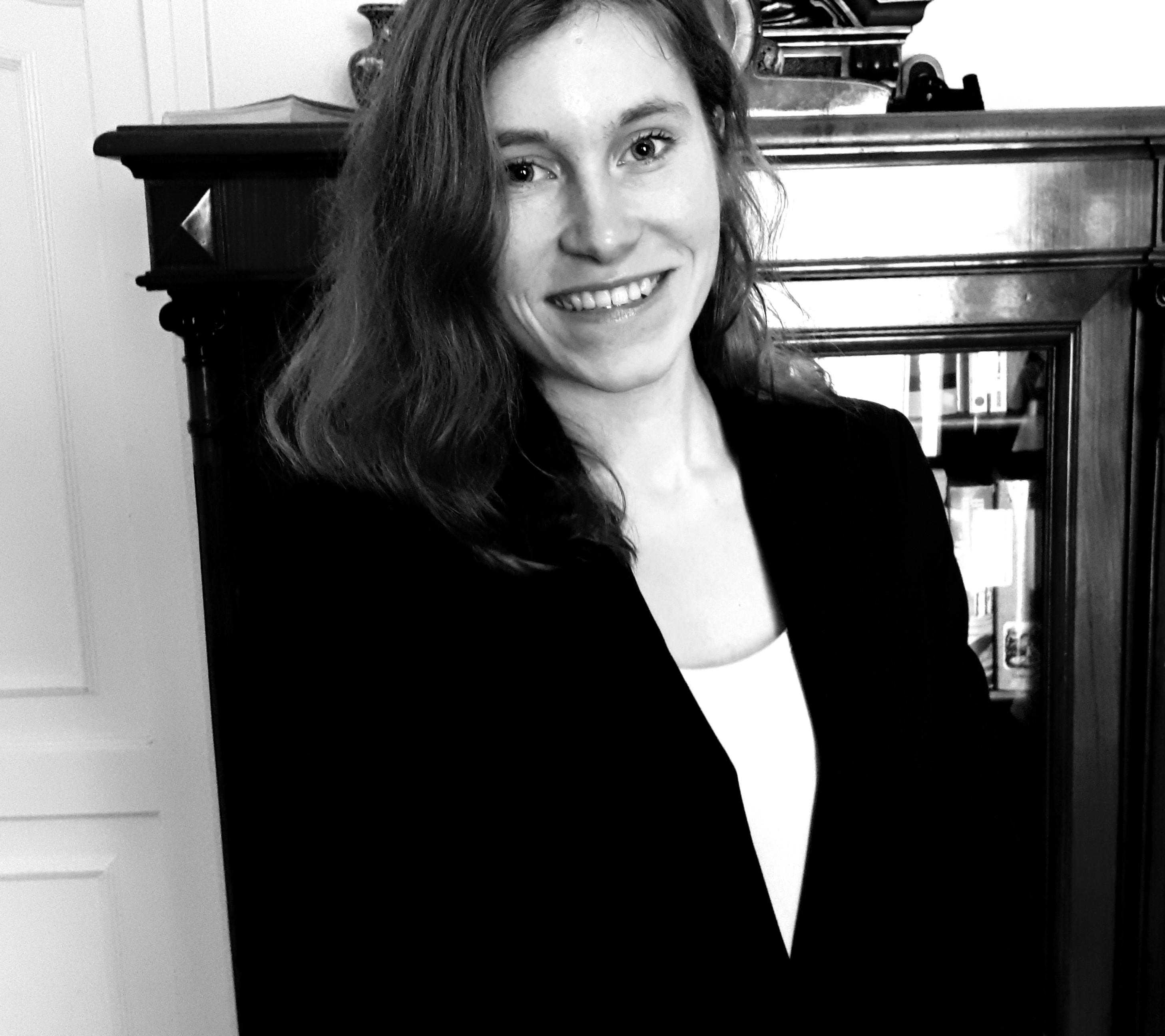
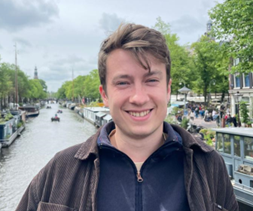
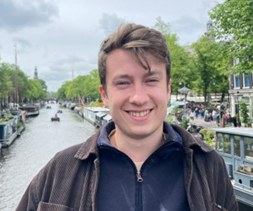
Julius Overhoff
Nationality:
German
Partner organisation in the consortium:
VU University Amsterdam
Research question:
What is the potential impact of afforestation and other nature-based solutions on flood hazards in the Geul river basin using the LISEM hydro-dynamic model?
What are you most looking forward, working on JCAR ATRACE?
Hello all, I am a second-year master student of Hydrology at the Vrije Universiteit Amsterdam and currently doing my graduation project at Deltares.
Worldwide, the intensity and frequency of floods and droughts is increasing. To build up resilience to hydrologic extremes in a changing climate, sustainable adaptation strategies are urgently needed. During the devastating flash floods in July 2021 in Western and Central Europe, the transboundary Geul catchment, which stretches over Belgium, Germany, and the Netherlands, was also severely affected, with significant damages occurring in the city of Valkenburg (NL). To encourage and guide discussion among stakeholders in flood management of river systems, hydrological and hydrodynamic models can provide valuable assessments of the effect of potential mitigation strategies. Nature-based measures might be to some extend an alternative solution to structurally engineered gray measures for flood mitigation and often inhere several co-benefits. Nevertheless, the representation and schematization of nature-based solutions (NbS) in models and consequently their simulated effect is very much determined by the structure of the model itself. To decrease the inherent degree of uncertainty in simulating the effect of NbS, I am looking very much forward to evaluate possible ways of implementing NbS in the hydrological and hydrodynamic model openLISEM, to assess their effect on flood extend and runoff in the Geul catchment for the 2021 rainfall event and to get a grip on modelling in general. I am thankful for the opportunity presented to us students by JCAR ATRACE to discuss and explore the advantages and limitations of different models and to contribute in this way to a sound understanding of the effect of NbS in riverine flood management.
Julius Overhoff
Nationality:
German
Partner organisation in the consortium:
VU University Amsterdam
Research question:
What is the potential impact of afforestation and other nature-based solutions on flood hazards in the Geul river basin using the LISEM hydro-dynamic model?
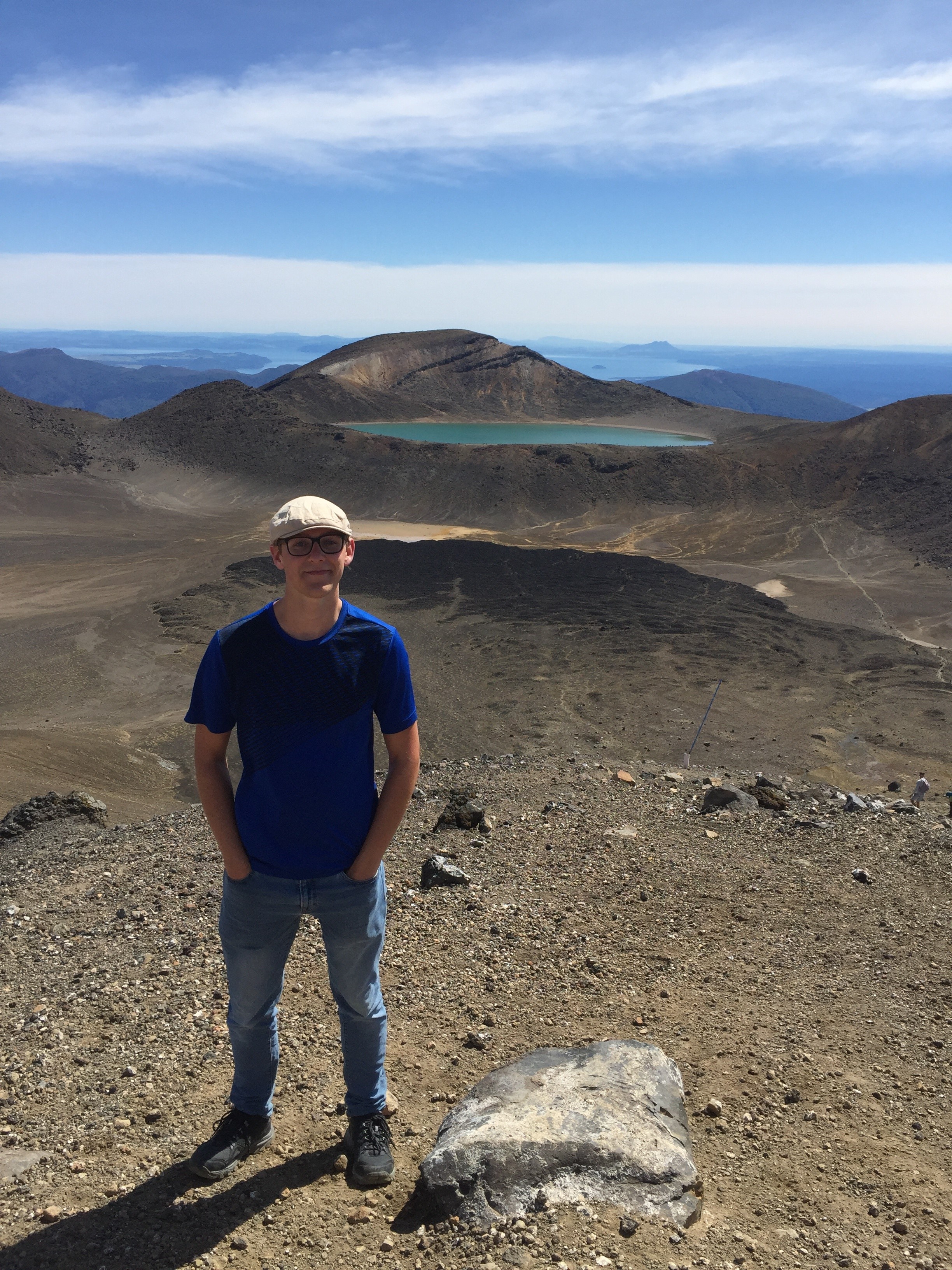
Huub Koper
Nationality:
Dutch
Partner organisation in the consortium:
VU University Amsterdam
Research question:
What is the potential impact of afforestation and other nature-based solutions on flood hazards in the Geul river basin using the SFINCS hydro‑dynamic model?
What are you most looking forward, working on JCAR ATRACE?
The July 2021 floods have shown once again that riverine floods can have devastating effects on society. They resulted in a renewed interest in possible measures that can be taken to reduce this flood risk, especially with respect to the expected increase in flood risk due to climate change. My research will focus on the use of nature-based solutions to reduce flood risk. To do so, I will implement nature-based solutions in the hydrodynamic model SFINCS. Part of my research will be about investigating whether this type of model is viable for this purpose. As a case study, I will be looking at the Geul catchment in the Netherlands and Belgium and investigate how nature-based solutions can be used to reduce the flood risk in small river catchments like this one. For reference, I will use the July 2021 flood event, which resulted in significant damages, especially in the Dutch part of the catchment.
I am looking forward to contributing to the JCAR ATRACE project with my master’s thesis by investigating the use of nature-based solutions. The use of nature-based solutions is still quite novel and research on them is not as abundant as on traditional flood risk reduction measures. Therefore, I hope to contribute to this topic and explore whether they can be implemented in a model like SFINCS because it might not be a traditional model choice for research like this. Additionally, I hope to learn more about cross-border catchments and cross-border cooperation on adaptations to climate extremes!
Huub Koper
Nationality:
Dutch
Partner organisation in the consortium:
VU University Amsterdam
Research question:
What is the potential impact of afforestation and other nature-based solutions on flood hazards in the Geul river basin using the SFINCS hydro-dynamic model?

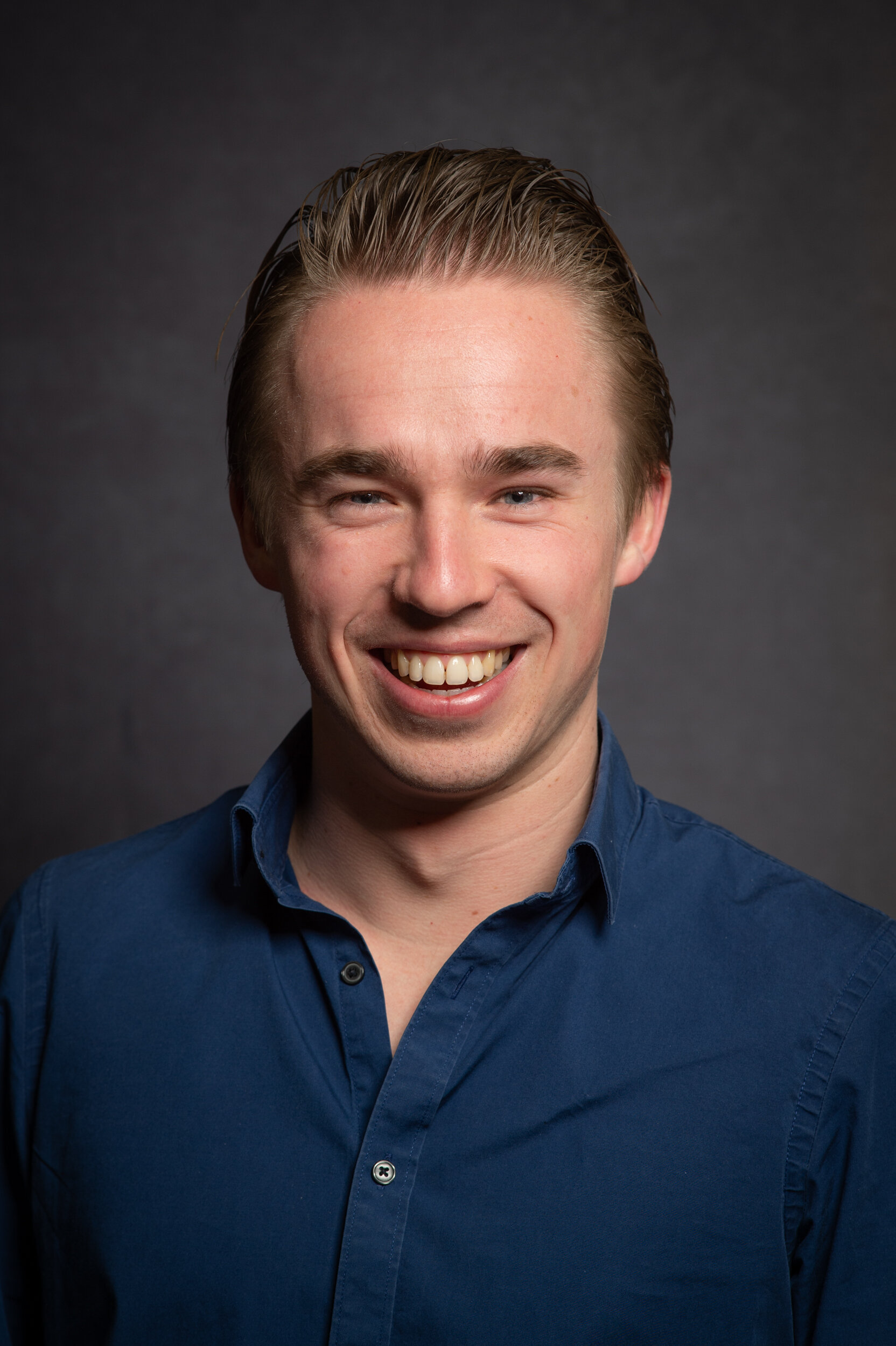
Ivan Leegwater
Nationality:
Dutch
Partner organisation in the consortium:
University of Twente
Research question:
What is the potential impact of nature-based solutions on high and low flows in the river Vecht during extreme weather for historic and future periods using the LISFLOOD hydrological model?

Ivan Leegwater
Nationality:
Dutch
Partner organisation in the consortium:
University of Twente
Research question:
What is the potential impact of nature-based solutions on high and low flows in the river Vecht during extreme weather for historic and future periods using the LISFLOOD hydrological model?
What are you most looking forward, working on JCAR ATRACE?
Participating in JCAR ATRACE is part of my master's thesis graduation at the University of Twente. I am excited to work with hydrological models of the Vecht to assess the impacts of nature-based solutions in the catchment. Alongside two other students from Enschede, I started this thesis project at Deltares in February. When I have finished, I hope to have made a modest yet meaningful contribution to the extensive research program.
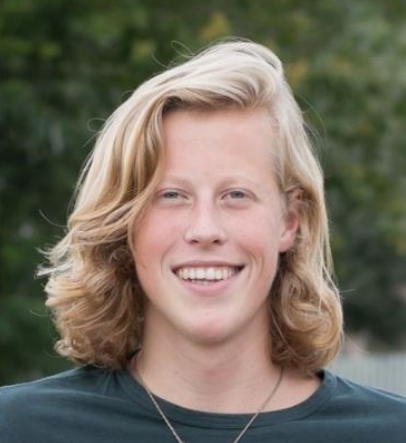
Romijn Servaas
Nationality:
Dutch
Partner organisation in the consortium:
VU University Amsterdam
Research question:
What is the potential impact of afforestation and other nature-based solutions on flood hazards in the Geul and Meuse river basin using the GEB/CWATM hydrological model?

Romijn Servaas
Nationality:
Netherlands
Partner organisation in the consortium:
VU University Amsterdam
Research question:
What is the potential impact of afforestation and other nature-based solutions on flood hazards in the Geul and Meuse river basin using the GEB/CWATM hydrological model?
What are you most looking forward, working on JCAR ATRACE?
Contributing to the program, novelty research.
Hi all! I’m Romijn, a second-year Hydrology master student at the Vrije Universiteit Amsterdam. Currently I’m conducting my master thesis in collaboration with Deltares and JCAR ATRACE.
In Northwestern Europe floods are increasing in magnitude and frequency. Devastating events in the past few years such as the floods in 2021 have caught considerable attention of many. Nature-based solutions (NBS) are a potential flood hazard reduction measure which next to infrastructure measures such as levees can aid in reducing flood risk. However because it is a relatively new flood hazard reduction measure its exact effectiveness is unconclusive and uncertain. Therefore I, together with Huub and Julius, am researching NBS, in this case afforestation, in relation to flood hazard in the Meuse basin. I’m doing this through applying different afforestation scenario’s in a hydrologic and agent-based model named GEB (Geographical, Environmental and Behavioural). Here I’m analysing the 2021 flood event and hence the effectiveness of afforestation in reducing peak discharge of this event.
Because afforestation is a fairly pristine flood reduction measure, the results of my research will be very novel and valuable to science, which is more than exciting. I think searching for alternative solutions, different to common or currently applied methods is the way forward in science, certainly in flood risk management. Fort these reasons I’m very glad to be involved in the JCAR ATRACE program and to be able to contribute. I’m looking forward to advancing my research and hopefully share promising results with you soon!


Sander de Groot
Nationality:
Dutch
Partner organisation in the consortium:
University of Twente
Research question:
What is the potential of using multiple hydrological models in improved flood forecasting for the Vecht river basin?
What are you most looking forward, working on JCAR ATRACE?
I currently started on a graduation project, that originated from the JCAR ATRACE program. In this research project I will be looking at the effect of using multiple hydrological models in flood forecasting. This so called ‘multi-model ensemble’ approach has been proven to improve model forecasts. However, it is still common practice in river flow forecasting to depend on the outcome of just on single hydrological or single combination of hydrological and hydraulic model. By using the outcomes of more models, errors and uncertainties can decrease, and more certain decisions can be made. During the course of the project I look most forward to be working together with all kinds of experts in hydrological modelling and forecasting. I am also excited to gain experience in working together with the involved parties affiliated with JCAR ATRACE.
Sander de Groot
Nationality:
Dutch
Partner organisation in the consortium:
University of Twente
Research question:
What is the potential of using multiple hydrological models in improved flood forecasting for the Vecht river basin?
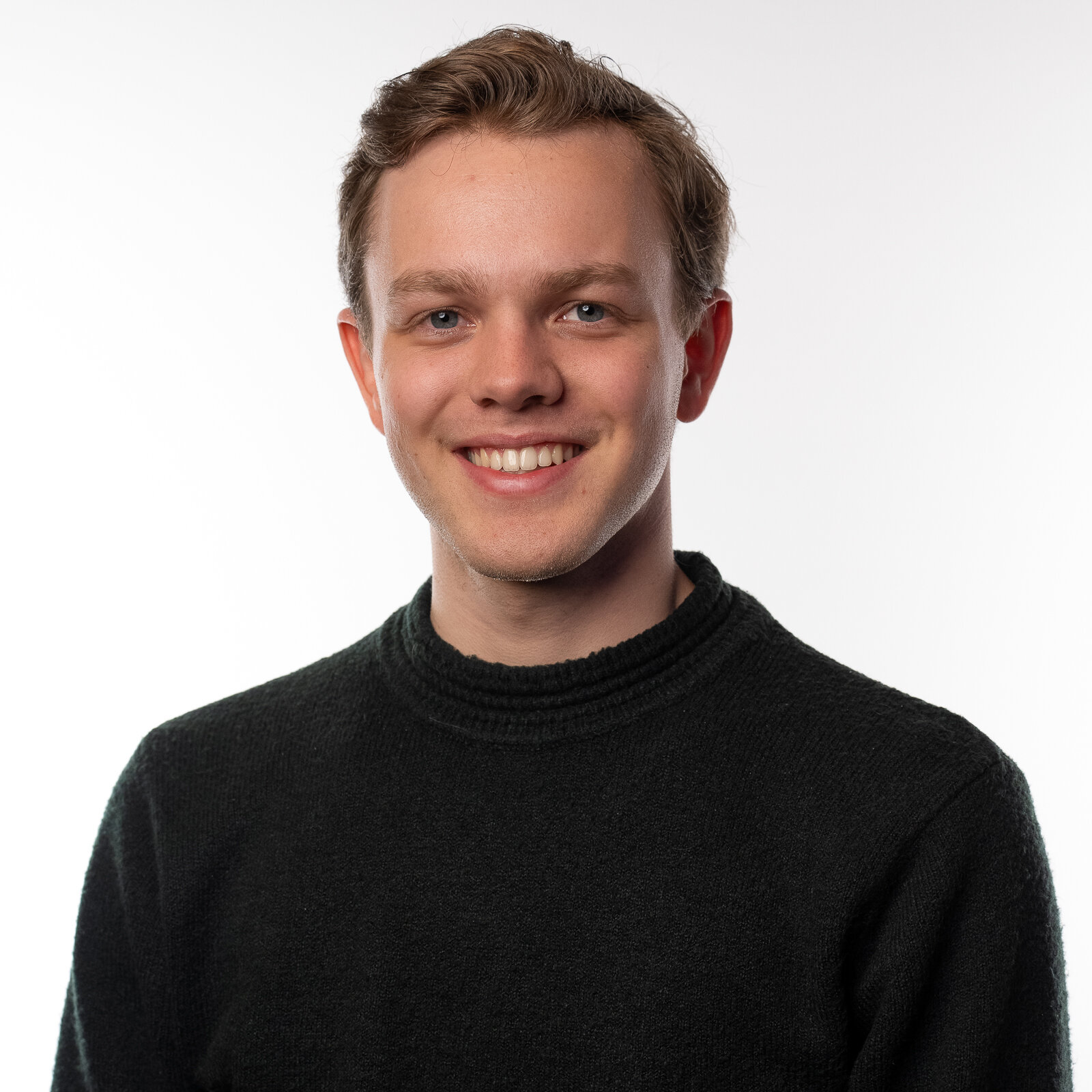
William Cazemier
Nationality:
Dutch
Partner organisation in the consortium:
University of Twente
Research question:
What is the potential impact of nature-based solutions on high and low flows in the river Vecht under future hydroclimate conditions using Wflow hydrological model?

William Cazemier
Nationality:
Netherlands
Partner organisation in the consortium:
University of Twente
Research question:
What is the potential impact of nature-based solutions on high and low flows in the river Vecht under future hydroclimate conditions using Wflow hydrological model?
What are you most looking forward, working on JCAR ATRACE?
The JCAR ATRACE project focuses on the collaboration between different countries and institutes in various research topics. I’m looking forward to meeting new people who each have their own perspective and input on the JCAR ATRACE project. More cooperation between different countries is important in dealing with consequences of climate change and I think the JCAR ATRACE project is a very good example of such cooperation.
The focus of my study within JCAR ATRACE is to delve into the effects of nature-based solutions in hydrological models regarding the river Vecht basin. I’m interested in what we can do in our river basins to minimize the risk of floods and droughts. The river Vecht is a rainfed river, meaning that high flows events occur due to large rainfall events and vice verse for periods of drought. Our environment should act more as a sponge where we can store water from rain during high flow events and use this water during low flow periods.
During high flow events, we want to lower and broaden the discharge peak in the river to minimize the risk of a flood. One way to do this is to increase the infiltration capacity of the soil in areas so less water enters the river in a short period of time. Another measure could be to construct retention areas at tactical places to store water. In my thesis, I will look for ways to incorporate these kinds of measures in hydrological models to see whether interventions also lead to the intended effect. I also hope to explore the impact of model selection on the results, as different models may yield varying outcomes.
During last Christmas, there was much rainfall in the Netherlands and surrounding countries, leading to high water levels in our rivers and threatening our water safety. Such events remind us about the relevance of exploring measures we can take to reduce the risk of flooding in our country, this thesis is an example of this.
